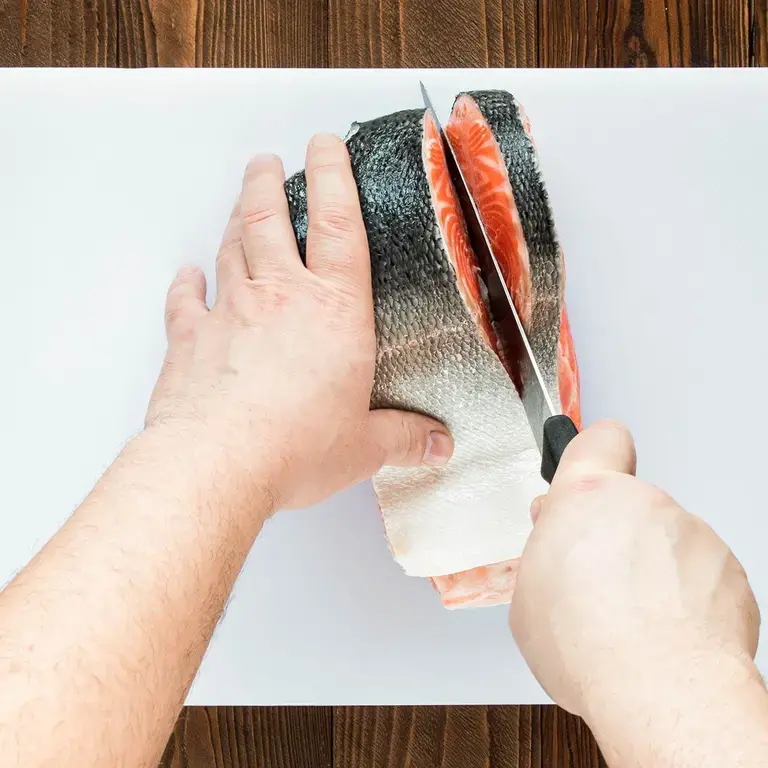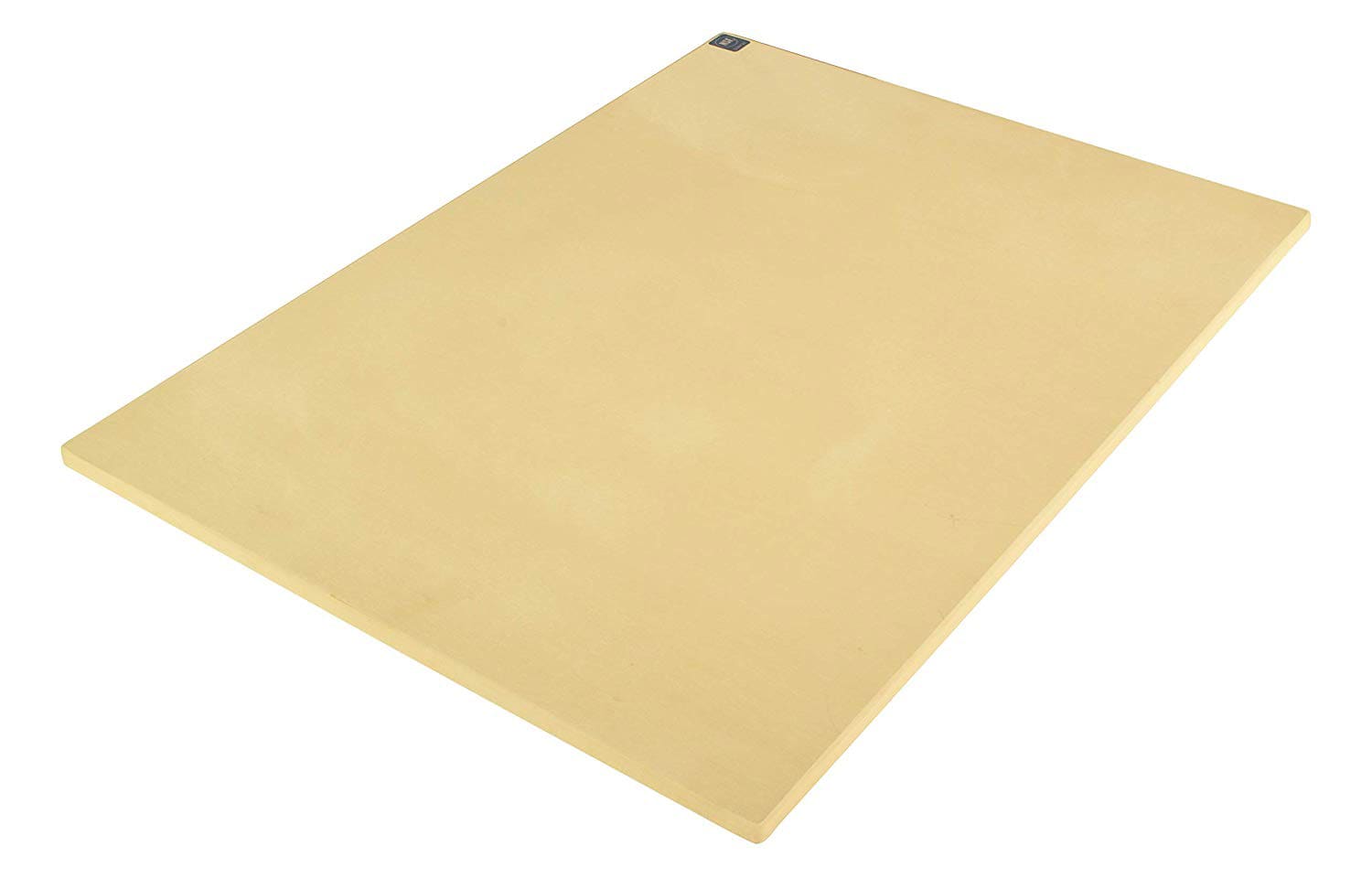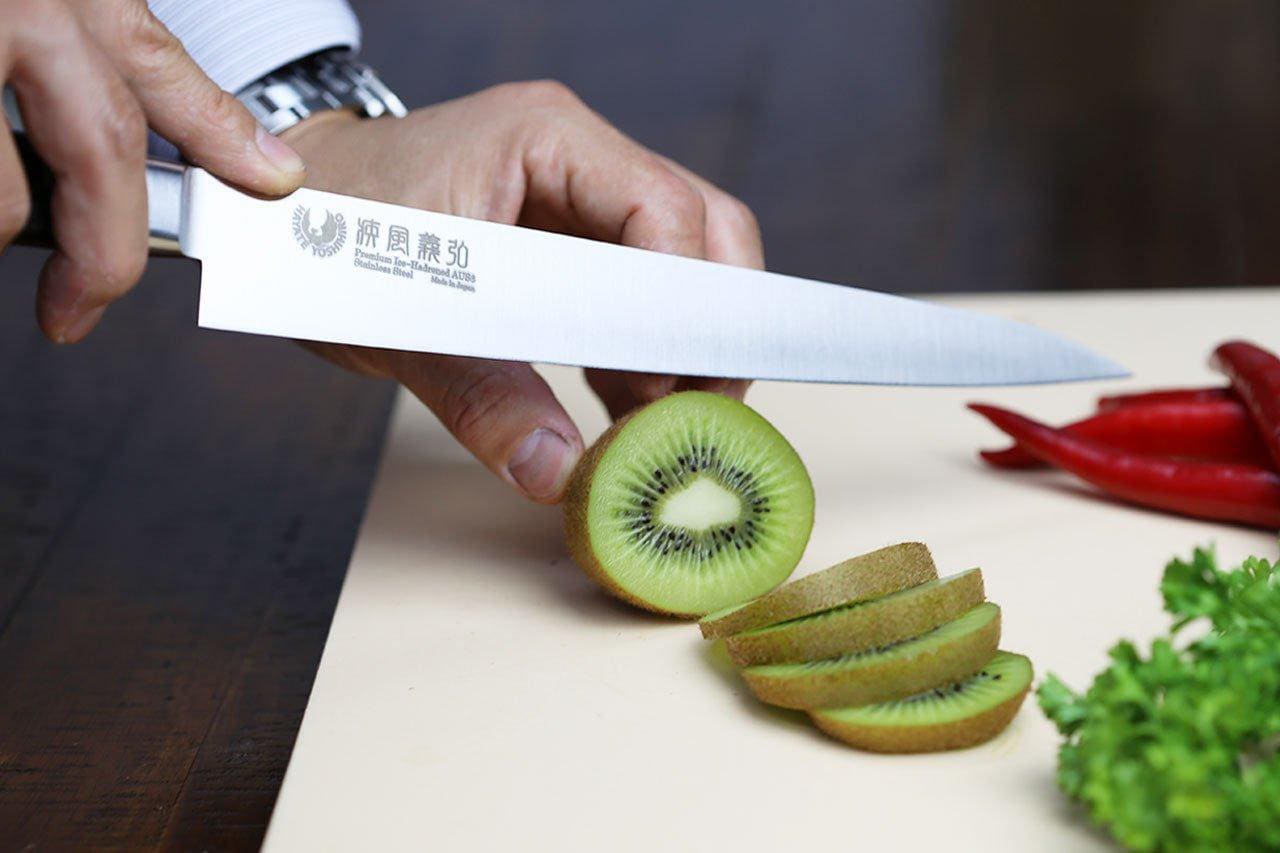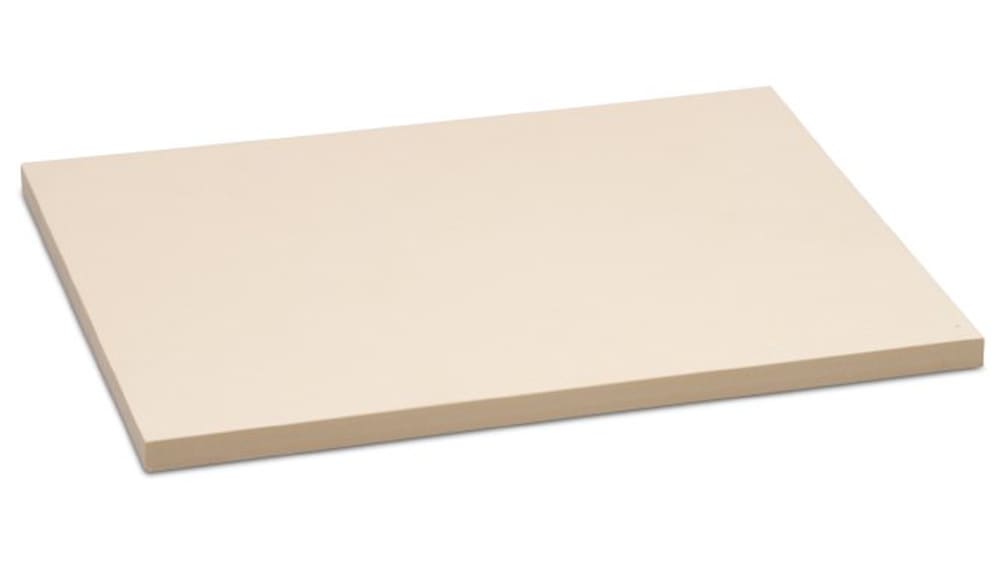We often talk about kitchen knives, the best pots and pans, but what about the cutting board? Which one is best for you? Whether you handle a lot of raw meat, bake, chop vegetables, the best cutting board material is rubber. Rubber is the most common choice for professional kitchens, and for many reasons, therefore, it is also a totally sound choice for your home kitchen as well.
A good cutting board should protect your counters, be able to handle hot pots and pans, provide a good surface to use your knives on without damaging them, be easy to clean, and also be resistant to bacterial growth that can harm you.
Wooden cutting boards are beautiful, but they are also a lot of work to maintain. Plastic boards are easier and cheaper but they also damage easily and can be bacteria-prone if you’re not washing them properly (tip: use the dishwasher).
Many considerations come into play when looking for cutting boards, but the main debate usually is whether you should go for a wood or a plastic cutting board or, even better, a rubber cutting board.
Why rubber is the best cutting board material
The NYTimes talked about the rubber cutting board back in 1999, introducing this to the layman. They were only available in restaurant supply stores back then, but thankfully this has changed over the years, and that's why we think it's high time for you to finally ditch your wood board.
Whether you handle a lot of raw meat, bake, chop vegetables, a rubber board can handle anything. Rubber is the most common choice for professional kitchens, and for many reasons, therefore, it is also a totally sound choice for your home kitchen as well.
The benefits of rubber cutting boards
Rubber is non-porous, which means that bacteria won’t penetrate the surface. This translates into a couple of benefits: it won't end up cracking as wooden boards do over time, nor will it leave unsightly food stains as with plastic boards.
Secondly, these boards are made of a heavy duty, solid material, and are more scratch-resistant than plastic, while providing for a nice, soft surface to cut on (which your knife edge will thank you for). Rubber boards therefore last longer, which make up for their higher price tag.
Another advantage of rubber cutting boards is that many of them can be resurfaced by sanding if you do cut through them.
One downside of rubber boards, depending on how you see it, is their weight - they don’t come light. While this could be a problem for some, the upside of this is that they won’t slide around as you work.
Another great thing about rubber boards is that they are easy to clean, just hot water and soap is all you need. They aren't dishwasher safe like plastic, but they are definitely easier to take care of than a wooden board that requires mineral oil treatments regularly.
Convinced yet? We've picked three of the best rubber cutting boards for you to add to your shopping cart right now.












